The Maghreb, often referred to as North Africa, is a region rich in history and cultural diversity. But which countries make up this region?
In this article, we explore this question to better understand the importance and specificities of the Maghreb.
The Maghreb countries
The Maghreb includes five main countries:
- Morocco : Located in the far west of the Maghreb, this country is famous for its imperial cities, Berber culture and rich heritage.
- Algeria : The largest country in Africa, Algeria is known for its vast Sahara Desert, mountains, and complex history.
- Tunisia : This small country is renowned for its Mediterranean beaches, ancient ruins like Carthage, and its modernity.
- Libya : With its desert landscapes and ancient history, Libya plays an important role in Maghreb culture.
- Mauritania : Located at the junction between the Maghreb and sub-Saharan Africa, Mauritania is known for its nomadic traditions and desert expanses.
These five countries share strong cultural, linguistic and historical ties, notably through the Arabic language, the Muslim religion, and Berber and Mediterranean influences.
The role of the Maghreb in the world
The Maghreb occupies a strategic position between Europe, sub-Saharan Africa, and the Middle East. This region is a crossroads of civilizations, blending ancient traditions and modernity. Its cultural richness and diverse landscapes make it a must-see destination for travelers from around the world.
Conclusion
The Maghreb is a fascinating region, comprising Morocco, Algeria, Tunisia, Libya, and Mauritania. Each of these countries contributes to the cultural, historical, and geographical richness of this region. Whether exploring its landscapes, discovering its traditions, or better understanding its role in world history, the Maghreb is a land of exceptional diversity.


